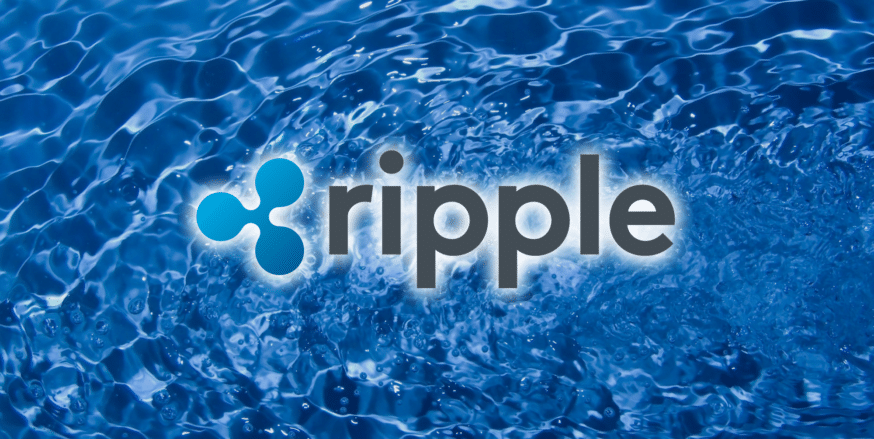TLDR
- SWIFT’s Tom Zschach questions the viability of XRP as a settlement solution for banks.
- Zschach believes banks will prefer their own payment systems or regulated stablecoins over XRP.
- Ripple argues that XRP serves as a bridge for liquidity across global currencies and stablecoins.
- Critics highlight the inefficiencies in SWIFT’s traditional system of pre-funded nostro and vostro accounts.
- Ripple’s XRP could capture up to 15% of SWIFT’s market share within 5 years.
Tom Zschach, the Chief Innovation Officer at SWIFT, has sparked a new debate over the future of XRP’s settlement rails. Zschach criticized Ripple’s XRP, suggesting that banks would not adopt it. Instead, he argued that banks would prefer their own payment systems or regulated stablecoins. His comments have reignited the discussion about whether XRP will continue to play a significant role in the financial ecosystem.
Zschach Questions XRP’s Viability as a Settlement Solution
In a recent statement, Zschach questioned whether XRP could serve as a trusted settlement solution for banks. He expressed doubts over the regulatory framework surrounding XRP, stating that it isn’t a deposit, nor does it sit on a bank’s balance sheet. Zschach emphasized, “Banks are unlikely to outsource settlement finality to XRP,” adding that financial institutions would likely rely on their own payment rails or regulated stablecoins. This remark highlights the ongoing concerns about XRP’s role in the banking system.
Despite Zschach’s criticism, Ripple has built a strong case for XRP’s potential to facilitate cross-border payments. Ripple’s infrastructure serves as a bridge for liquidity across global currencies and stablecoins. Ripple’s network is designed to offer a more efficient solution, where stablecoins like USDC can run on top of XRP’s ledger. While Zschach’s skepticism is clear, Ripple argues that XRP’s ledger addresses some of the core issues faced by traditional banking systems.
Ripple vs SWIFT: The Battle Over Liquidity and Efficiency
Critics of SWIFT’s system point out its inefficiencies, particularly the need for pre-funded nostro and vostro accounts. These accounts lock up trillions of dollars, preventing liquidity from being used elsewhere. Ripple’s XRP aims to solve this issue by acting as a neutral bridge asset, allowing for real-time liquidity without the need for pre-funding. This functionality could make XRP an attractive alternative to traditional banking systems, which continue to rely on outdated methods.
8/ SWIFT knows this.
Their system today is messaging-only. It doesn’t move value. It doesn’t settle instantly. It relies on the same nostro/vostro trap XRP solves.
That’s why they’re piloting blockchain – but pretending a “stablecoin layer” can replace XRP is wishful thinking.
— $589 (@589CTO) September 4, 2025
Ripple’s solution to liquidity challenges highlights its potential to capture significant market share in the coming years. Analysts predict that Ripple could secure up to 15% of SWIFT’s market share within five years. This projection is based on Ripple’s ability to offer a more efficient and cost-effective alternative to SWIFT’s traditional payment rails. However, the debate continues, with Zschach’s comments reminding the market that legal enforceability remains a significant concern for banks.
SWIFT CIO Zschach has also raised the issue of stablecoins and tokenized deposits as potential alternatives to XRP. He pointed out that while stablecoins may play a role in the settlement space, they still face challenges in terms of continuous settlement. Stablecoins like USDC, though popular, cannot operate 24/7 in the same way that XRP can. Ripple’s On-Demand Liquidity (ODL) solution offers a more continuous settlement, ensuring transactions can occur without downtime.






